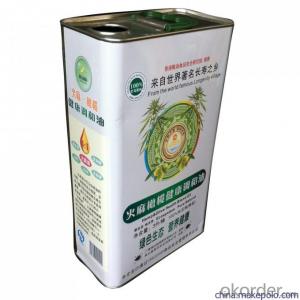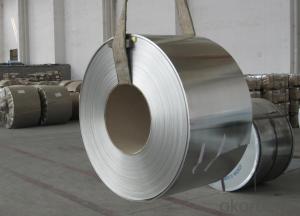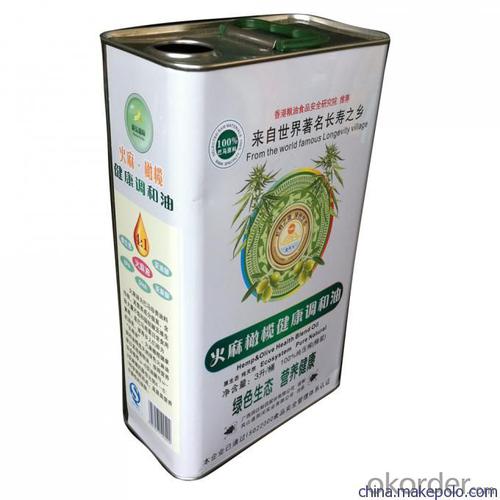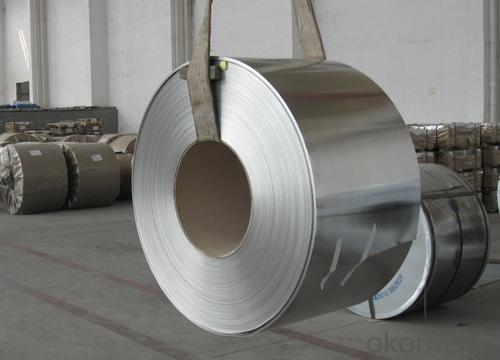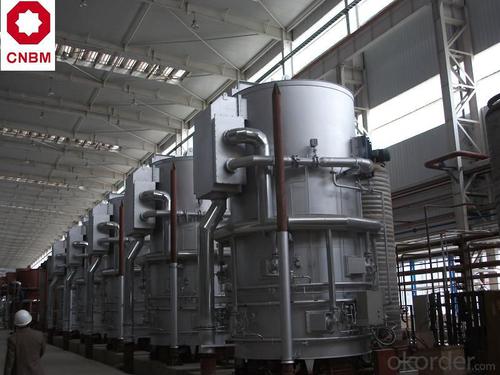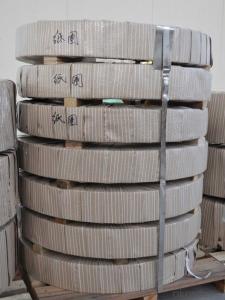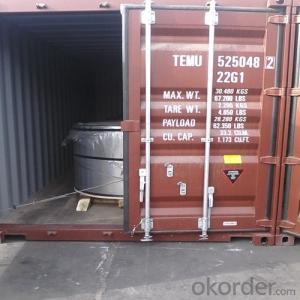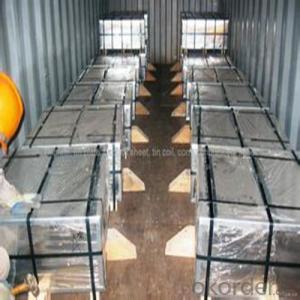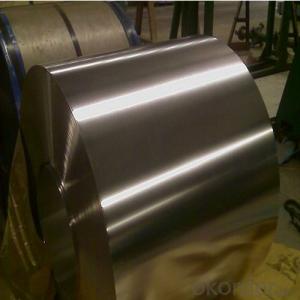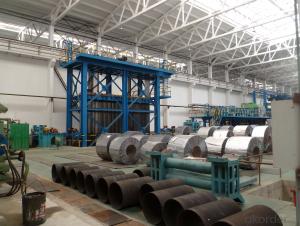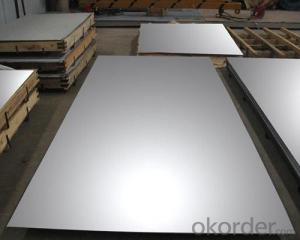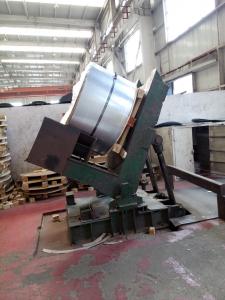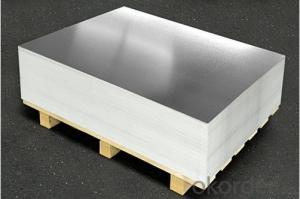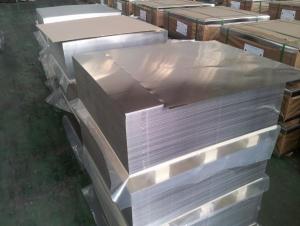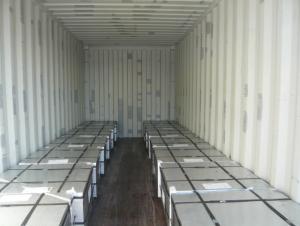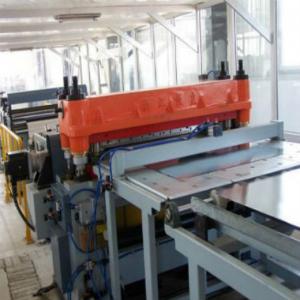Electrical Tinplate, High Quality For Food Cans & Industrial Cans
- Loading Port:
- Tianjin
- Payment Terms:
- TT OR LC
- Min Order Qty:
- 15 m.t.
- Supply Capability:
- 50000 m.t./month
OKorder Service Pledge
OKorder Financial Service
You Might Also Like
1.Usage
Tinplate is widely used for making all types of containers, containing industrial usage such as paint can, oil can, aerosol cans etc., and food cans like milk powder cans, tomato paste can, dry food cans etc.
2. Quality
As a state owned company and a large tinplate supplier in China, our tinplate quality ranks 1st level in China, similar to Bao Steel, Posco etc.
3. Specification
standard: GB/T2520, JIS G3303, DIN EN10202
Material: MR /SPCC
Thickness available: 0.16-0.50MM
Width available: 600~1050MM
Temper grade: T1 – DR8
Tin coating: ordinary 2.8g/2.8g, 5.6g/5.6g and others
Package: sea worthy export package.
Applications: Tin can for chemicals & paint cans, industrial cans, food cans
4. Our factory photo:
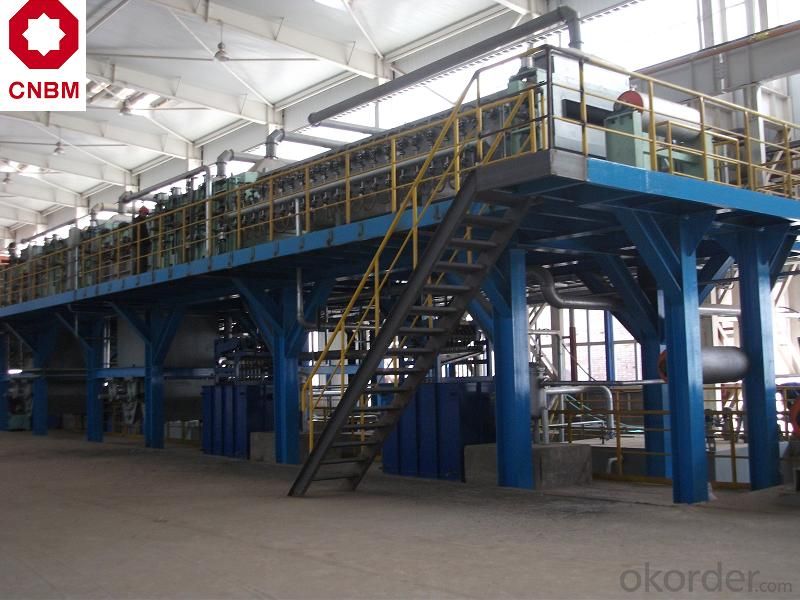
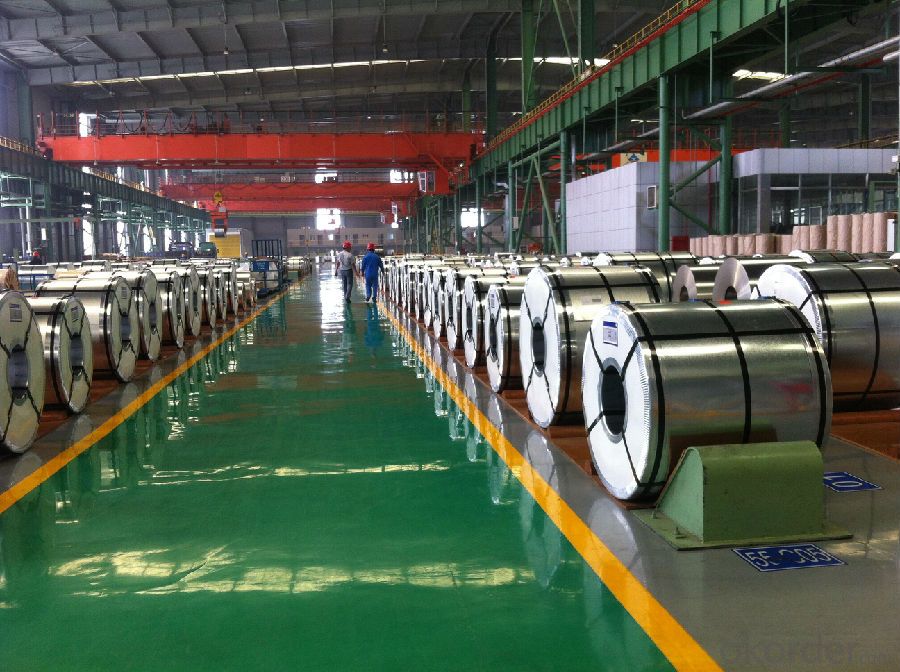
5. Our Markets:
now our tinplate has been sold to more than 30 countries, including Europe countries, Gulf Area, South American, South Afric etc.
6. Our Overseas Wareouses:
Furthermore, in the year 2014, we have more than 10 overseas warehouses all over the word, located in KSA, UAE, Oman, Russia, Kuwait, Qatar, Oman, Chile, Brazil etc.
7. FAQ
a. what's the annual output?
about 500,000 tons per year.
b. where's the raw matrial from?
our hot rolled coil is purchased from Capital Steel and other state owned mill, with quite good quality.
c. how long is the delivery time?
normally for SPCC about 45~55 days, while 65~75 days for MR material
d. how to control the quality during production process?
inside our workshop, we have MES syestem. It realizes the optimization of the production procedure in the workshop. It could record each step of the whole production procedures, and if some problem appears, factory could easily found and take action, it’s quite helpful to monitor and control the quality.
- Q: Can tinplate be used for packaging electronic devices?
- Yes, tinplate can be used for packaging electronic devices. Tinplate is a commonly used material for packaging due to its durability, corrosion resistance, and ability to protect against external factors such as moisture and oxidation. It provides a secure and protective housing for electronic devices, ensuring their safe transportation and storage. Additionally, tinplate can be easily customized and printed on, allowing for branding and product information to be displayed on the packaging.
- Q: What are the main innovations in tinplate production and use?
- There have been several key innovations in tinplate production and use. One significant advancement is the development of continuous annealing technology, which allows for more precise control over the tempering process, resulting in tinplates with improved strength and formability. Additionally, the introduction of advanced coating techniques, such as electrolytic deposition and hot dip coating, has enhanced the corrosion resistance of tinplates, making them ideal for packaging food and beverages. Moreover, the use of tin-free steel (TFS) has gained popularity as an alternative to traditional tinplates, offering cost-effectiveness and environmental advantages. Overall, these innovations have revolutionized tinplate production, providing improved quality, versatility, and sustainability in various industries.
- Q: Can tinplate be used for packaging wine or spirits?
- Yes, tinplate can be used for packaging wine or spirits. Tinplate is a type of steel coated with tin, which provides excellent protection against corrosion and can preserve the quality and flavor of the wine or spirits. Additionally, tinplate is lightweight and easy to shape, making it a suitable choice for packaging various alcoholic beverages.
- Q: How does tinplate contribute to the overall convenience of packaging?
- Tinplate contributes to the overall convenience of packaging due to its durability, versatility, and ability to preserve the quality and freshness of products. It provides a protective barrier against moisture, light, and oxygen, which helps extend the shelf life of food and beverages. Additionally, tinplate is lightweight, stackable, and easy to handle, making it suitable for transportation and storage. Its smooth surface allows for easy printing, enabling clear labeling and branding. Overall, tinplate packaging enhances convenience by ensuring the integrity and convenience of various products.
- Q: What are the main differences between tinplate and tin-free steel?
- Tinplate and tin-free steel differ primarily in the presence or absence of tin coating on the surface. Tinplate refers to steel sheets or strips coated with a thin layer of tin, providing corrosion resistance and enhancing the appearance. In contrast, tin-free steel is steel that lacks this tin coating but may have other protective coatings, such as chrome or organic materials, to prevent rust and improve durability.
- Q: How does tinplate affect the overall product shelf appeal?
- Tinplate enhances the overall product shelf appeal by providing a visually appealing and premium packaging solution. Its shiny and reflective surface adds a touch of sophistication and attractiveness, catching the attention of consumers. Additionally, tinplate's durability and strength protect the product, ensuring it remains intact and visually appealing throughout its shelf life.
- Q: Can tinplate be embossed?
- Yes, tinplate can be embossed.
- Q: How does tinplate packaging contribute to product protection during shipping?
- Tinplate packaging contributes to product protection during shipping by providing a durable and sturdy material that acts as a barrier against external elements. It offers resistance to impacts, ensuring that the product inside remains safe and intact. Additionally, tinplate packaging has excellent corrosion resistance, preventing damage caused by moisture or humidity during transportation. This protective feature helps in preserving the quality and extending the shelf life of the product, reducing the risk of damage or spoilage.
- Q: How does tinplate contribute to the preservation of paint products?
- Tinplate contributes to the preservation of paint products by providing a protective barrier between the paint and external elements. It prevents corrosion, oxidation, and moisture penetration, ensuring the paint remains in its optimal condition for an extended period of time.
- Q: How does tinplate resist corrosion?
- Tinplate resists corrosion due to the protective barrier created by the tin coating on the surface. This tin layer acts as a barrier, preventing direct contact between the base metal and the corrosive elements in the environment, thus preserving the underlying material from degradation.
Send your message to us
Electrical Tinplate, High Quality For Food Cans & Industrial Cans
- Loading Port:
- Tianjin
- Payment Terms:
- TT OR LC
- Min Order Qty:
- 15 m.t.
- Supply Capability:
- 50000 m.t./month
OKorder Service Pledge
OKorder Financial Service
Similar products
Hot products
Hot Searches
Related keywords
